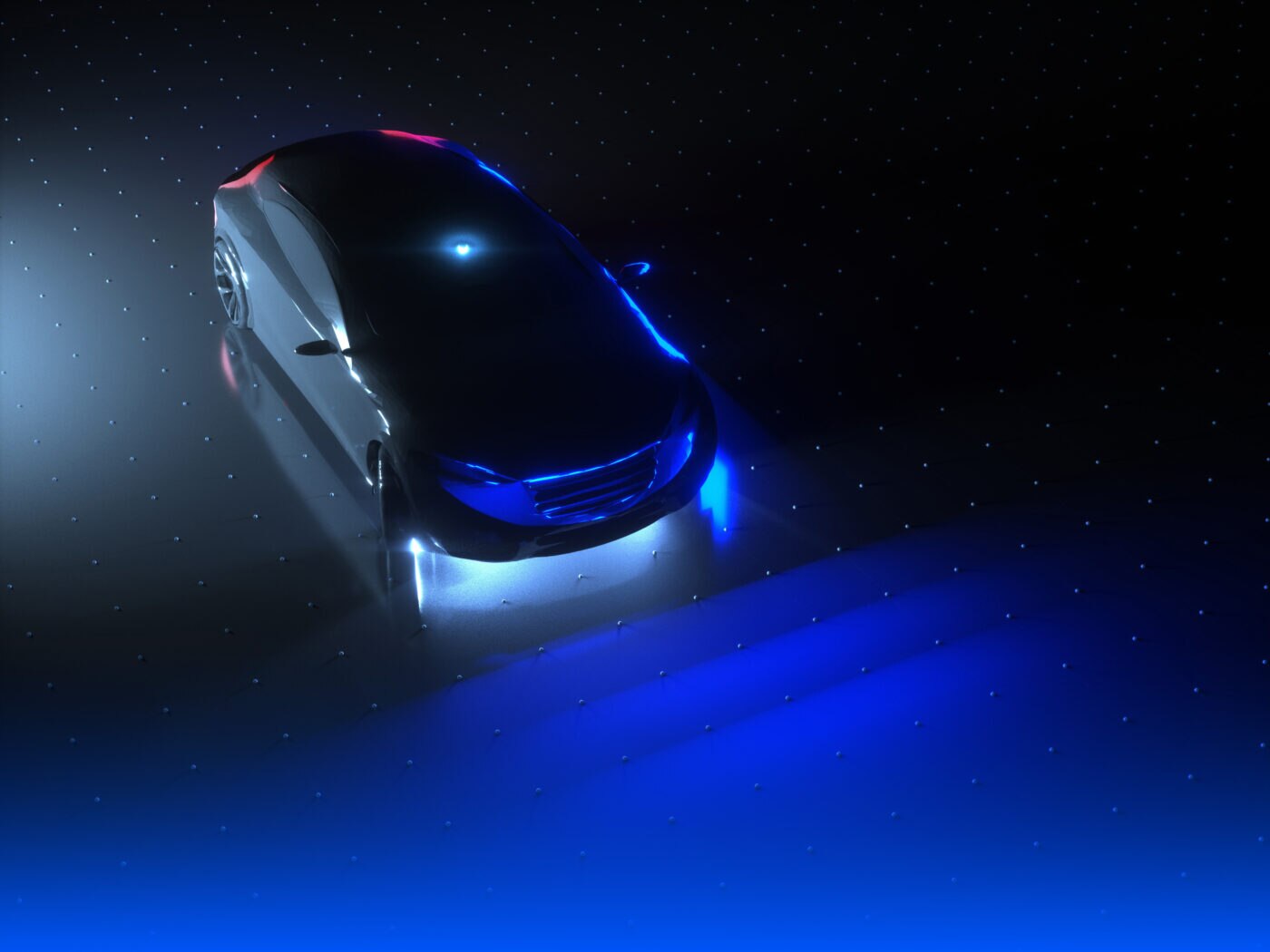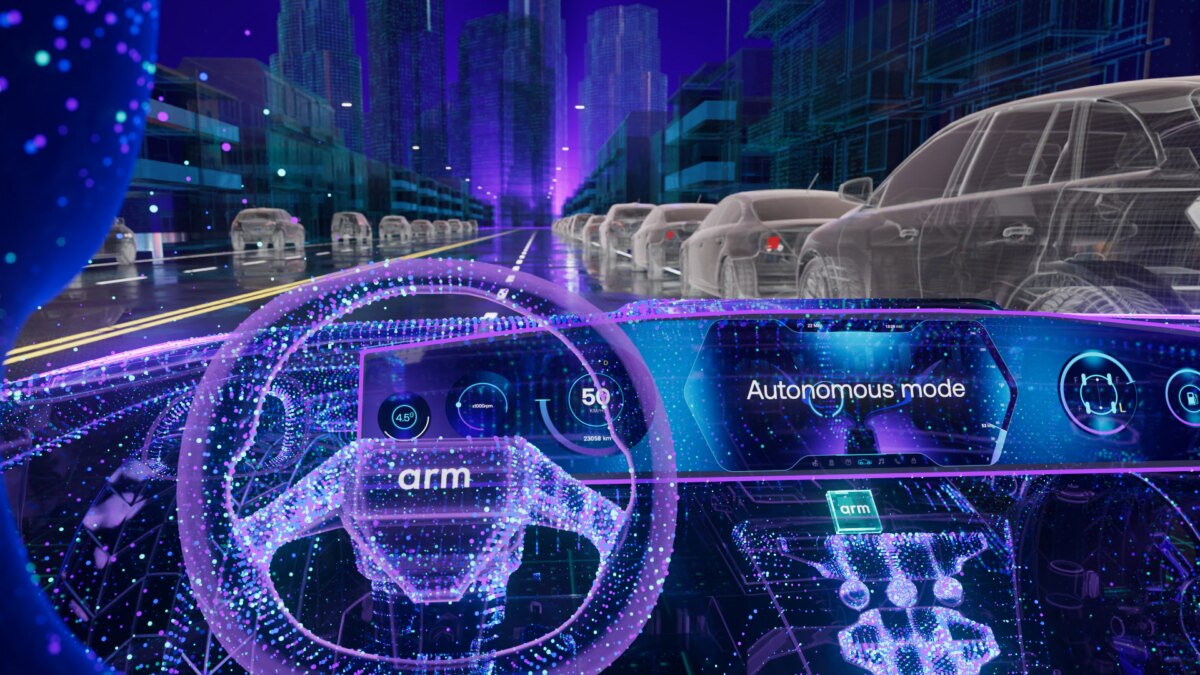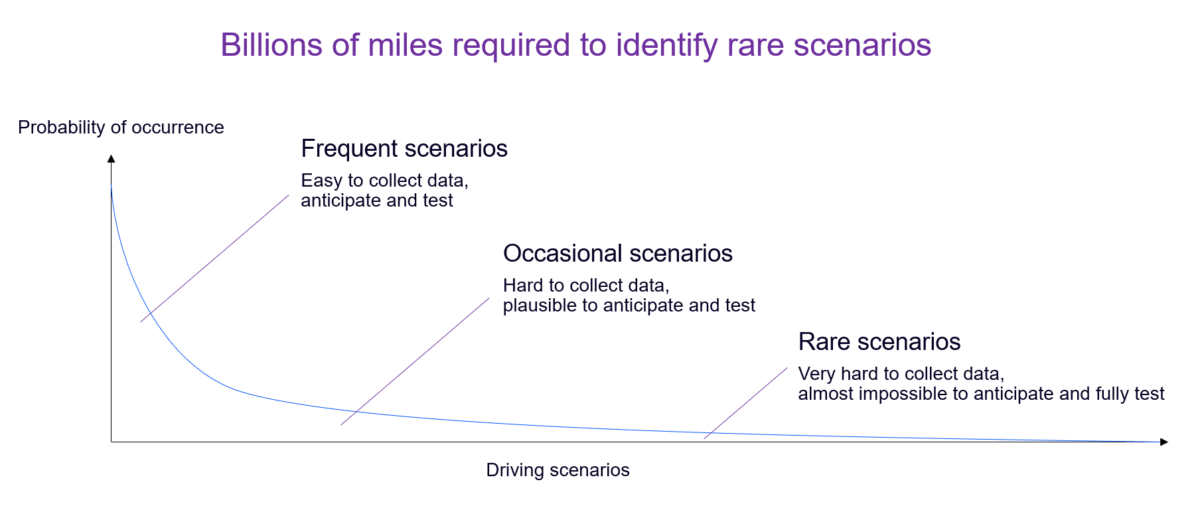Arm Zena Compute Subsystems: Paving the Way to Scalable Automated Driving for the AI-Defined Era

Close your eyes and imagine yourself getting into your car to go to work. Already conditioned to the right temperature and cabin configuration, you get in and, having learned from your pattern, the car asks you to confirm if you are going to the office again. Although your car may not yet be able to navigate unsupervised in the busy urban area where you live, you can keep your hands off the wheel and let the car negotiate its way through congested roads while you keep an eye on it.
Soon enough your car informs you that you now can relax, take your eyes off the road as it drives you to work, some 45 minutes away. In the meantime, you can catch up on the news, clear your email inbox, run your first two meetings, or simply finish watching last night’s episode of your favourite series.
The automotive industry is now on a steady march toward realising this vision using AI in the car. Previous predictions of fully autonomous private cars roaming city roads have given space to more pragmatic approaches. Automotive OEMs are now focused on expanding the operational design domains (ODDs) of L2+/++ Driver Control Assistance Systems (DCAS) and L3 Automated Lane Keeping Systems (ALKS) as a stepping stone to higher levels of autonomy and automated driving.

However, there are still challenges hindering widespread automated driving deployment. These include:
- Algorithmic limitations;
- Prohibitive development costs and time; and
- Hardware constraints.
Accelerating automated driving rollout with Arm Zena Compute Subsystems
Despite these constraints, there is a path to the L2++ and L3 driving mission and this is being provided by Arm Zena Compute Subsystem (CSS) in collaboration with the automotive industry’s comprehensive partner ecosystem. Zena CSS has already been adopted by leading automakers and will soon hit public roads, powering leading-edge automated driving control units. In fact, with Zena CSS, automotive leaders believe they can beat analyst predictions and significantly accelerate rollout of L2+ to L4 capable vehicles.
Algorithmic limitations -> Designed for the age of AI-defined vehicles
Operating on public roads presents a multi-dimensional undertaking. Many billions of dollars have been invested into explicitly coding the rules that defined how automated vehicles should behave under known safe states and known risks in narrow ODDs. However, as ODDs are extended and new markets are entered, this approach is proving too costly to safely scale up due to a ‘long tail’ of known and unknown risks.
While many risks will be known, there will be some that are unknown that the vehicle will have difficulty reacting to appropriately. For example, the vehicle will react and adjust to a cow in the road, but what if there is a giant model of a cow being transported on a trailer that does not require a similar reaction? These are the sort of considerations that need to be factored when designing automated driving systems.

Fortunately, recent breakthroughs in AI offer new tools for automotive OEMs to find a sustainable technical model to launch more capable automated driving, in more markets, faster. End-to-end learning, leveraging attention-based neural networks and Vision-Language-Action Models (VLAM) provide a technical path for automated driving systems to better handle edge scenarios, inferring from context even in previously unseen conditions. At the same time, self-supervised learning significantly reduces the time and cost currently spent in data curation and labelling. With the appropriate safety guardrails in place, these new technologies enable generalizable automated driving systems that are truly scalable for global OEMs.
Learn more about end-to-end AI
For more on end-to-end AI in autonomous driving, listen to the conversation between Suraj Gajendra, VP Product and Solutions at Arm, and Silvius Rus, VP Software at Wayve
Zena CSS was meticulously engineered for the next-generation of automated driving systems in AI-defined vehicles. The fully validated CSS is dimensioned to offer seamless system scalability from entry-level IVI and ADAS centralized computer, to domain-specific L2+, L3 and L4 control units. Built on Neoverse CMN S3AE automotive mesh network interconnect, Zena CSS is chiplet-ready. It features standardized UCIe connectivity for easy integration with heterogenous compute chiplets, including GPUs and AI accelerator technologies, for customized, right-sized products.
Featuring a 16-core Arm Cortex-A720AE CPU, Zena CSS packs significant AI compute capabilities into its high-performance processor block. The Armv9-powered CPUs introduce new instructions that dramatically accelerate workloads such as AI and Computer Vision (CV), with this being seamlessly accessible to developers through open-source Arm Kleidi AI libraries. For example, we observed a 30 percent performance uplift when moving automotive workloads from the Arm Cortex-A78AE CPU to Cortex-A720AE on perception benchmarks, like point cloud transformation and birdseye construction.
Finally, the optional integration with the revolutionary Arm Mali-C720AE ISP boosts AI perception performance even further. While legacy ISPs tend to be tuned for human vision quality in a long and semi-manual process, the Mali-C720AE differentiable ISP functional model can be trained in-the-loop with camera perception models to automatically generate the best configuration for the user’s own computer vision stack. Mali-C720AE’s dual pipeline supports separate configurations for human and CV pipelines, which yields best performance for each use case.
Prohibitive development costs/time -> Cut development cycle by as much as 12 months
Next-generation systems-on-chip (SoCs) for automated driving are very complex semiconductor devices. Both hardware and software development are costly endeavours, challenging even well-funded global organizations. Restricted re-use of hardware and software across vehicle platforms makes matters worse, multiplying costs and elongating production start times. Zena CSS addresses these challenges head-on by standardizing non-differentiating building blocks, rationalizing ecosystem investment and easing portability.
“To compete in the AI era, automakers need scalable compute, without compromising safety, power efficiency, or flexibility. Zena CSS reduces chip development time by up to 12 months and cuts silicon engineering effort by up to 20 percent per project, helping OEMs and silicon providers bring new vehicle models to market sooner.” Dipti Vachani, SVP and GM, Automotive Line of Business, Arm.
Zena CSS brings together verified, low power, high performance CPUs, a dedicated Safety Island and Runtime Security Enclave, reference firmware, and software support into a complete subsystem that is ready for silicon implementation. Importantly, it also offers appropriate certification to ISO 26262 (functional safety) and ISO 21434, (cybersecurity).
To kick-start software development, Arm is providing CSS-level virtual platforms for Zena CSS through our ecosystem of partners well ahead of hardware availability. Altogether, the standardization of the CSS and base software layers can reduce porting efforts from one platform to the next by up to 30 percent.
Hardware constraints -> Efficiency redefined
There is now a way forward for OEMs to design compute architectures that scale across vehicle segments and ODDs, while, at the same, deliver to stringent cost and power efficiency requirements. Zena CSS provides a modular and scalable design philosophy that builds on Arm’s proven power-efficiency leadership and licensing business model. By cutting non-differentiating costs across the industry, SoCs built on Zena CSS become more competitive, and investment can be directed at capabilities that add more value to OEMs.
The road to automated driving
Whether it’s supporting L2+ DCAS in compact vehicles or L4 highway driving in high-end models, Zena CSS provides automotive OEMs with the ideal path to build a homogenous automated driving compute platform that spans their range of vehicles. This reduces integration effort, shortens time-to-market, and lowers validation and homologation efforts, accelerating the vision of scalable automated driving.
As Dipti Vachani said in Automotive World: “We’re on the technological journey to put full autonomy functionality on the road.”
And with Zena CSS at the core, the road ahead for automated driving experiences has never looked more exciting. We cannot wait to see the automated computing systems built for the AI-defined vehicles of the future.
Any re-use permitted for informational and non-commercial or personal use only.












